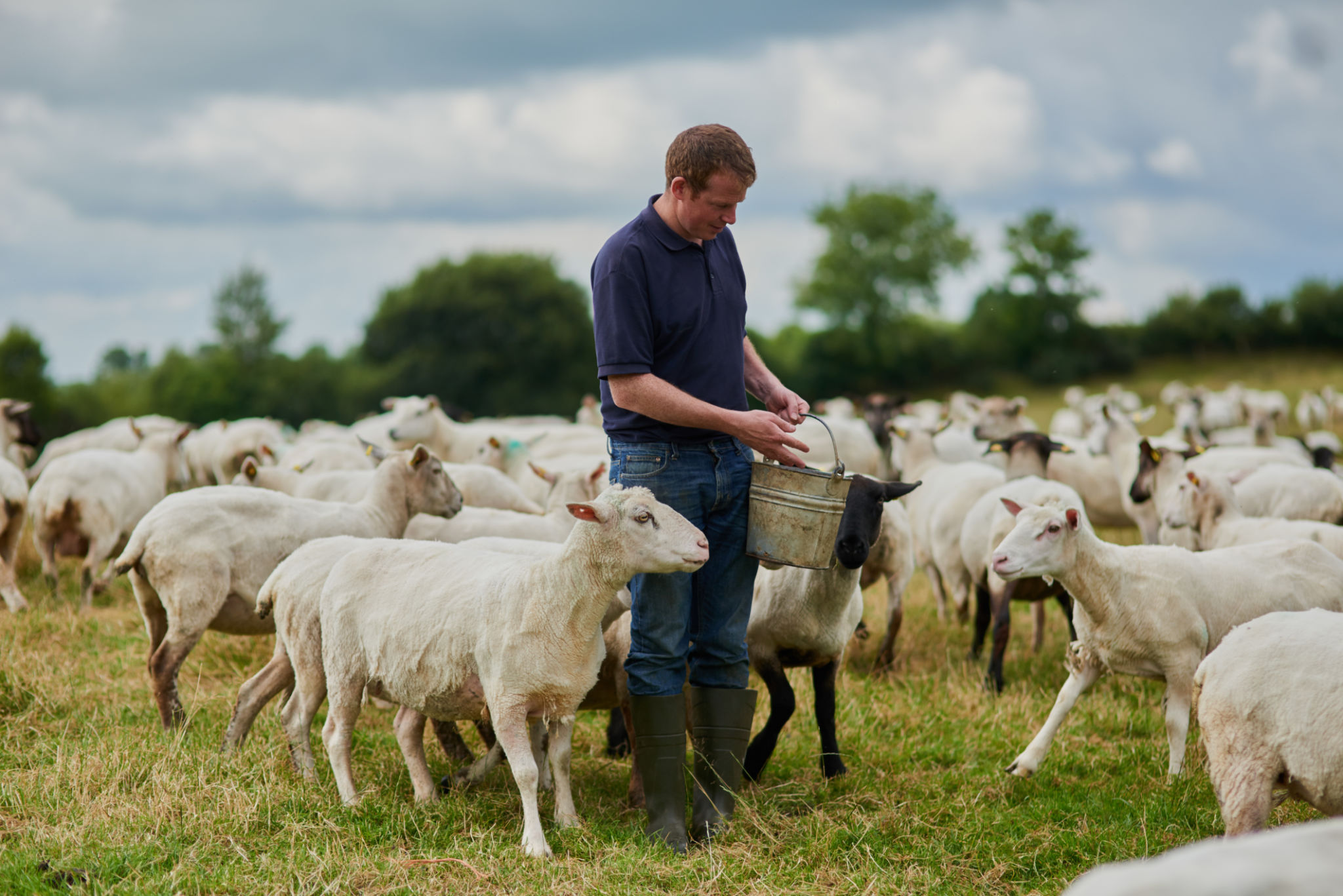The Future of Farming in Ireland: Addressing the Generational Shift
Introduction
Irish farming is aging fast. According to the latest CSO data, the average farm holder is 59.4 years old, and nearly 37.8% of farm holders are aged 65 or over. On the flip side, only 4.3% are under 35. Those numbers present a sharp generational challenge: without changes, many farms could lack a viable successor within a decade.
Farms today are not just fields and animals, but legacies. The question for 2035 is not whether Ireland will still farm, but who will be doing it, and how.

The Numbers Behind the Ageing Farm
In 2023, Ireland reported 133,174 farms in its Farm Structures Survey. Over the past decade, the number of older farmers has risen, while the cohort under 35 has barely budged. Unless succession accelerates, the sector faces a contraction in family farms over the next ten years.
Rising land costs do not help. While no single national figure is current and reliable, many areas in Leinster see agricultural land valuations or leases quoted in the €10,000+ per acre range. Such capital barriers make it much harder for new entrants without access to family land or external capital.

Succession: The Uncomfortable Conversation
Passing the farm to the next generation is more than transferring assets, it’s about identity, trust, and timing. Despite the importance, many transitions are left late. CSO data shows that less than half of farm holders have a formal succession plan in place.
This delay matters. Young farmers benefit from Agricultural Relief (reducing inheritance tax liability on qualifying farm assets) and Young Trained Farmer Stamp Duty Relief, both key tools for keeping farms intact. But these reliefs often require early planning and adherence to strict conditions.

Supports and Incentives: What’s in Place
To encourage renewal, Ireland has several supports aimed at younger and transitioning farmers:
- Young Farm Entry & Young Trained Farmer Schemes: including enhanced payment top-ups under CAP for eligible younger farmers.
- Capital Grants: for farm buildings, slurry infrastructure, and technology, often with higher rates for younger farmers.
- Tax and Estate Reliefs: such as Agricultural Relief, which reduces capital acquisitions and inheritance tax burdens on qualifying farm real assets.
But uptake is uneven. Many farmers report that complexities, documentation, and qualifying criteria deter them from accessing these supports, especially if they are juggling full-time farm work alongside other tasks.

The Role of Women and Younger Aspirants
Women now form a growing share of farm holders; in the 2023 survey, 13% of registered farm holders were female. While still a minority, the proportion has increased over past decades, contributing new perspectives and leadership styles to rural Ireland.
Meanwhile, agricultural education is seeing a resurgence. Teagasc reports record enrollments in Green Cert and Level 6 programmes. That suggests strong interest, but the jump from learning to land is steep if access to capital and land remains limited.

Technology, Efficiency & the Next Generation
The farm of 2035 will be different. Precision tools, sensors, automation, and data systems are already gaining traction in Ireland. These technologies may reduce labour burdens and allow smaller teams to manage larger or more complex systems.
Yet technology alone isn’t a substitute for people. The knowledge, judgment, patience, and generational memory that farmers bring can’t be coded into an app. The next generation needs both tools and mentorship.

The Road Forward
To ensure a vibrant agricultural sector in 2035, Ireland must focus on several key steps:
- Promote early, structured succession: families should not wait until retirement.
- Simplify access to reliefs and grants: reduce paperwork, clarify conditions, and offer case support.
- Support land access models: long-term leasing, equity partnerships, or farm collaboration could help new entrants.
- Foster a culture of farm innovation: encourage younger farmers to invest in precision, sustainability, and diversification.
- Encourage inclusion: women, part-time farmers, and non-traditional entrants all matter in the succession equation.

Conclusion
It’s easy to think farming is a fixed feature of Ireland’s landscape. But the land does not farm itself, people do. With average farmer age nearly 60 and a shrinking pipeline of younger successors, Ireland faces a pivotal decade.
Yet I believe we can navigate it. With thoughtful policy and support the next wave of farmers may bring fresh energy, innovation, and rooted commitment to the land. Because the farms of tomorrow deserve stewards, not relics.
*By Anne Hayden MSc., Founder, The Informed Farmer Consultancy.
